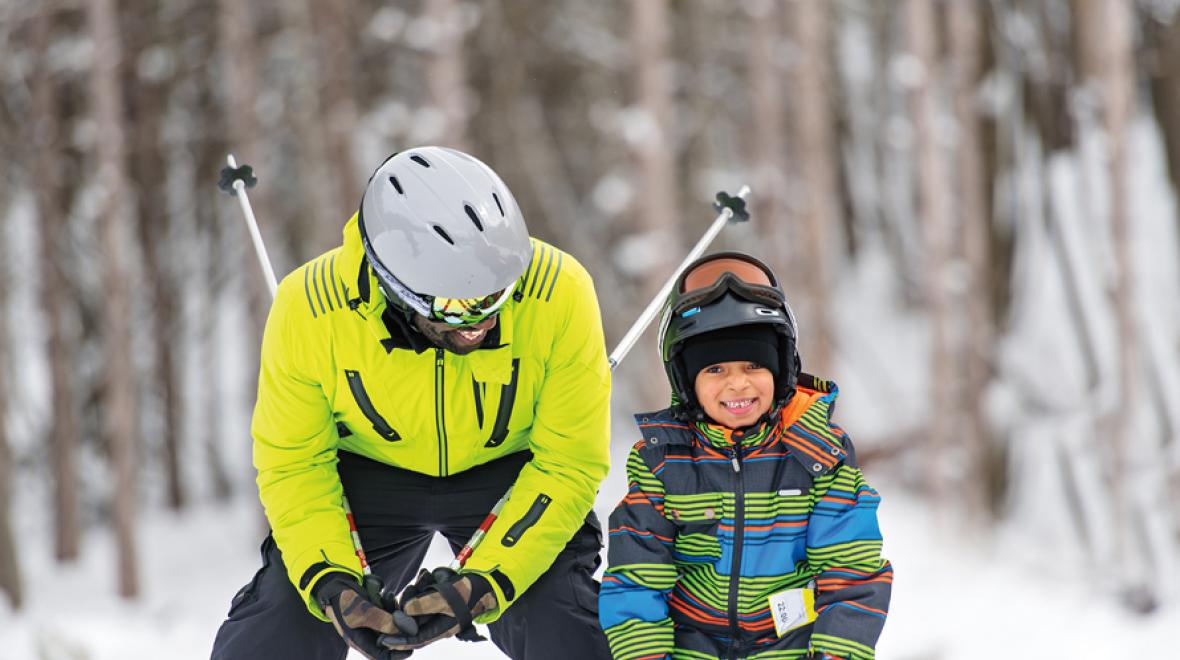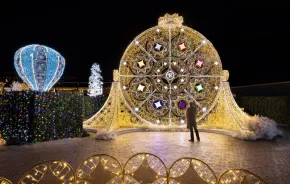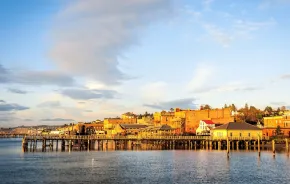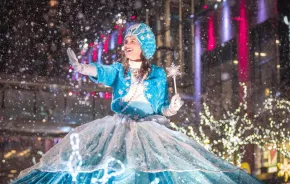
Few activities seem as pandemic-proof as winter sports. Activities like skiing and snowboarding are individual sports performed outdoors in places where people can really spread out. There are no crowded locker rooms, and many winter sports enthusiasts already wear masks to keep their faces warm.
But even these relatively safe activities require some modifications to reduce risk from crowded parking lots and restaurants, and long lines to use bathrooms and ride lifts. From an infection-risk standpoint, where you go might make more of a difference than what kind of activity you do, and any snowy terrain can support more than one type of activity. So, we’ve organized this article by location rather than by sport. We’ve found the latest information (and where to get updates in the future) about what steps the operators of our favorite winter sports spots are taking to keep snow play safe.
It goes without saying that you should also do your part to keep these activities low-risk. Stay home if you or anyone in your family is experiencing symptoms of illness. When you do go out, follow posted guidelines for physical distancing and other safety measures, and wash your hands frequently.
Which sport?
Many people are taking up new winter sports this year as a low-risk way to get out of the house and exercise. If you’re trying to decide which kind of winter sport to try, check out our pre-pandemic guide to skiing and snowboarding as a family and our roundup of the best tubing and sledding options.
Cross-country skiing and snowshoeing might be even more pandemic-proof than downhill skiing, since there are no lift lines and, depending on where you go, there may not even be a ticket window. If you are new to these activities, check out our cross-country skiing and snowshoeing guides for how-tos and trail suggestions.
The Summit at Snoqualmie
Called “Seattle’s home mountain” for its proximity to the city, The Summit at Snoqualmie is the most convenient location for most locals to have an epic snow day. It has three alpine areas for downhill skiing and snowboarding; a Nordic center for cross-country skiing and snowshoeing; and a tubing park.
The Summit plans to open its alpine areas as soon as there’s enough snow. The details of its operational changes are still being worked out, but a dedicated web page has been set up and kept up to date with current policies and protocols.
What is already known is that ticket sales will be limited, and passholders will get priority access to the mountain. Day tickets should be purchased online in advance. Capacity will also be limited in indoor spaces. Masks or face coverings will be required indoors, in lift lines and on the lifts. Lessons will be available by reservation only, and full-season rather than daily rentals are encouraged to minimize indoor crowding.
At press time, The Summit at Snoqualmie had not officially announced whether the Nordic Center and the Tubing Park will be open this year. However, it seems likely that they will be open and operating under the same restrictions and precautions as the alpine areas.
Crystal Mountain
Crystal Mountain is the largest ski resort in Washington, so there’s plenty of room for downhill skiers and snowboarders to spread out. COVID-19-related operational changes include limiting daily capacity, with priority access for passholders. The gondola and lifts will be loaded at reduced rates to minimize contact between groups. New trails have been developed, allowing recreationists to ski back to their car and avoid the use of shuttles between ski areas and the parking lot. Dining areas have been reconfigured to maximize physical distancing (with the addition of outdoor purchasing and seating), and self-serve dining options have been eliminated. All guests are required to wear masks and are asked not to tailgate in the parking lot. Crystal Mountain will offer lessons this season, but details have not been released.

Stevens Pass
Stevens Pass has an alpine area for downhill skiing and snowboarding, and a Nordic center for cross-country skiing and snowshoeing. Stevens plans to open its alpine areas to passholders on Dec. 4. Planned operational changes are spelled out in extensive detail online. Most significantly, Stevens Pass will limit capacity this year, and access will be by reservation only, with priority given to passholders. Face coverings will be required in all areas of the resort (including during lessons). Class sizes at the ski school will be limited, but classes will be treated as a group on lifts. Outside of lessons, lift chairs will not be filled except by families riding together.
For cross-country skiers and snowshoers, no details were available at press time on plans for the Stevens Pass Nordic Center, but it will operate this winter. Operational changes are likely to be consistent with those in the alpine area of the resort.
Sno-Parks
Cross-country skiers, snowshoers, sledders and tubers can get even farther from the madding (infectious) crowd thanks to the Sno-Parks. Sno-Parks are simply parking lots in state and national parks that are kept clear of snow throughout the winter. There are more than 120 Sno-Parks in Washington that provide access to trails for motorized and nonmotorized activities, as well as play areas for sledding and tubing.
Most of the Sno-Parks will be open this winter, but check online to make sure your destination is open before you go. Sno-Park lots may not be cleared to full capacity in order to limit crowding on the trails. You will need both a Sno-Park permit and a Discover Pass. Trail maps are provided with the required parking permit, which can be purchased online starting in November.
Let it snow
The entire nation was caught flat-footed when the pandemic hit last spring, but the resorts and parks have had the better part of the year to plan for a pandemic-proof snow season. Between new policies to minimize physical contact among guests and employees and the inherently solitary and spacious nature of winter sports, playing in the snow might be the safest way to stay healthy through the pandemic winter ahead.











